Healthy development makes milestones in a child’s life possible. Your child’s foot health plays an important role in ensuring proper progression into adulthood.
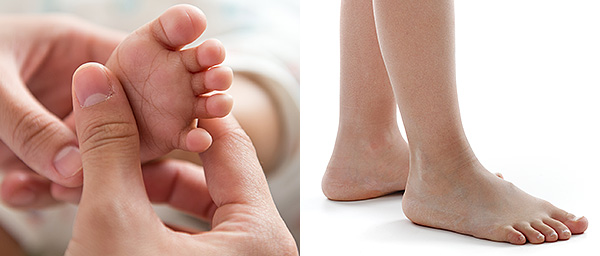
Kids can develop foot problems too! Don’t delay seeking for help from a specialist if you notice any abnormalities or if your child complains of foot pain.
Problems noticed at birth will not always disappear by themselves. You should not wait until the child begins walking to take care of a problem you’ve noticed earlier. It is best to take action when the child is a toddler to ensure better responsiveness to conservative treatment options.
Here are some helpful tips regarding your child’s foot:
- Remember that lack of complaint by a youngster is not a reliable sign. The bones of growing feet are so flexible that they can be twisted and distorted without the child being aware of it.
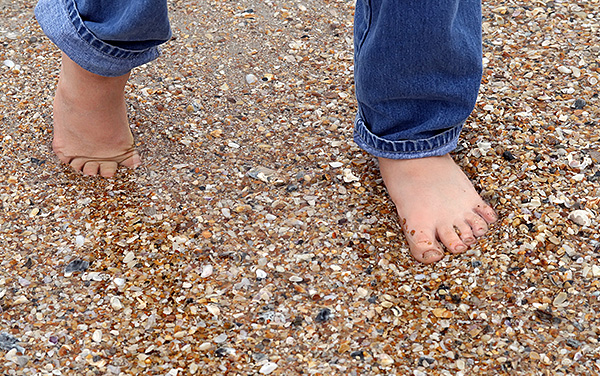
- Walking is the best of all foot exercises. Walking patterns should be carefully observed. Does the child toe-in or out? Knocked knees or bow legged? Is your child a toe-walker or have any other gait abnormalities? These problems can be corrected if they are detected early.
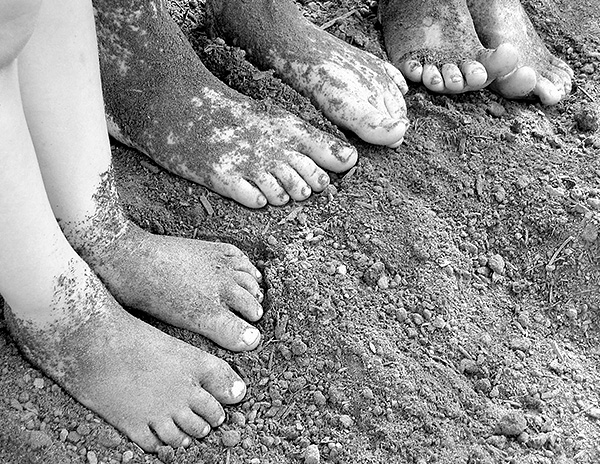
- With the exception of infancy, going barefoot is not encouraged among children. Walking barefoot on dirty pavements exposes children’s feet to variety of dangers including infection through accidental cuts, sprains, or fractures. Another potential problem is plantar warts, a condition caused by a virus which invades the sole of the foot through cuts and breaks in the skin. Treatment for wart is recommended and can temporarily keep children from school and other activities. See our page on Plantar Warts for more information regarding this condition.
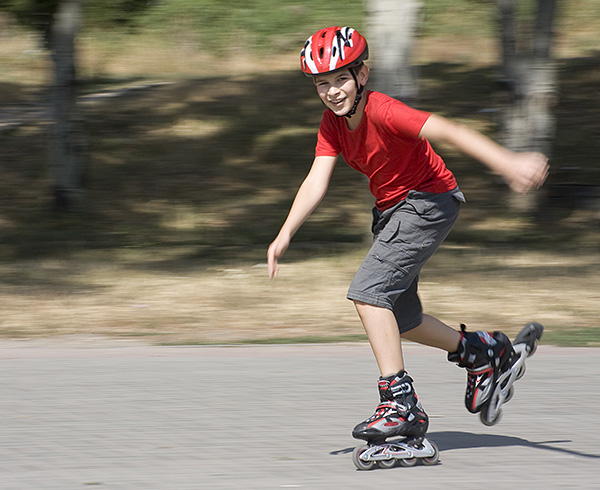
- Sports play a significant role in a child`s development, whether on a team or played as individuals. Parents should be mindful of sports that require a substantial amount of running and turning, or involve contact. These can easily translate into injuries. Therefore, proper athletic footwear and routine checks for wears and tears are important. Buying a sport-specific shoe that is designed for the exact sport your child will be participating in not only improves your child’s performance on the court or field, but also helps in preventing injuries. Protective taping of the foot and or ankle may be necessary if a child experience frequent sprains. An ankle sleeve or brace may be recommended by the doctor.
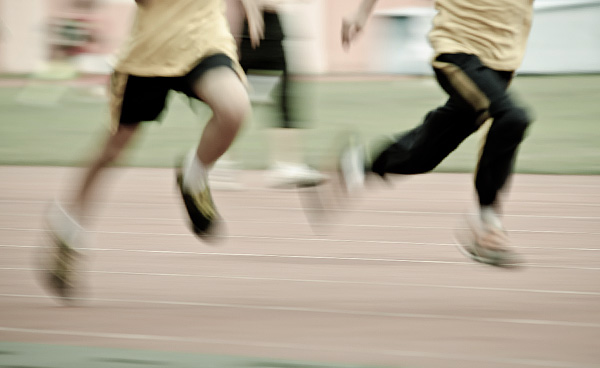
- As a child’s feet continue to develop, it may be necessary to change their shoe and sock size every few months to allow room for the feet to grow. Although foot problems result mainly from injury, hereditary factors, deformity, or illness, improper footwear can aggravate pre-existing conditions.
Here are a few things to consider regarding your child’s footwear:
- Shoes that don’t fit properly can aggravate the feet. Always measure a child’s feet in both length and width before buying shoes and fit the shoe to the foot.
- Never hand down foot wear. Just because a shoe size fits one child comfortably doesn’t mean it will fit another the same way. Not to mention that the practice of sharing shoes can spread fungus or viral infections.
- Watch for signs of irritation. Redness is a sure sign that a shoe is too tight or too loose. If your child always wants to remove one or both of his/her shoes, this may be an unspoken sign that the shoes don’t fit properly.
- Examine the heels. When children begin to show in-toeing, they may wear through the heels of their shoes much quicker than outgrowing the shoes themselves. Uneven heel wear can indicate a foot problem that should be checked by a foot specialist.
Here are some buying tips for children’s shoes:
- Look for a stiff heel cup. Press on both sides of the heel counter. It should not collapse.
- Check toe flexibility. The shoes should bend with your child’s toes. It shouldn’t be too stiff or bend too much in the toe box area.
- Select a shoe that’s rigid in the middle. Do the shoes twist? The shoe should never twist in the middle.
- Take your child shoes shopping. It is important to have your child’s feet measured before buying shoes. Every shoe fits differently. Letting a child have a say in the shoe buying process promotes healthy foot habits down the road.
- Shop for shoes later in the day. Feet tend to swell during the day. It is best to be fitted while they are swollen.
- Buy shoes that do not need a “break-in” period. Shoes should be comfortable immediately.
- Always buy for the larger foot. Feet are seldom precisely the same size.
- Have your child try on shoes with socks or tights if that is how they will be worn.
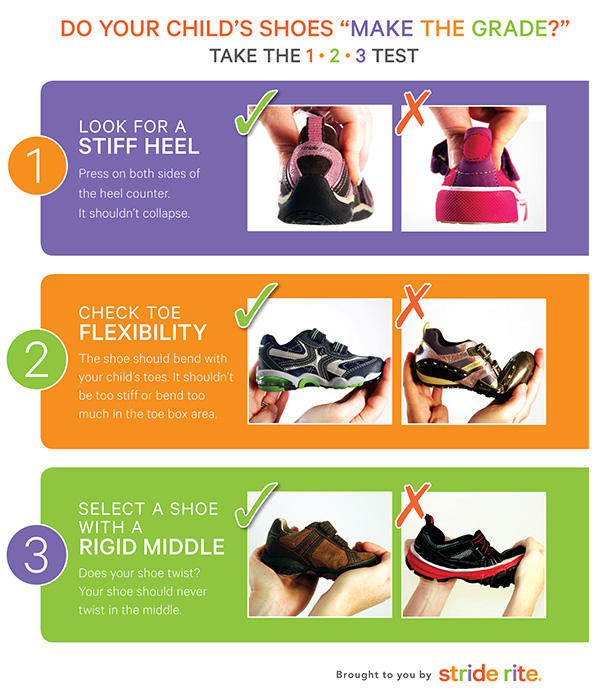
Download “Kid’s Shoe Buying Tips”.
Remember — it is not normal for children to complain of foot pain or to avoid social and physical activities because of problems in their feet. Dr. Wang is experienced and knowledgeable in treating children’s foot problems. Contact us for a consultation with Dr. Wang if you are concerned regarding your child’s foot health.

